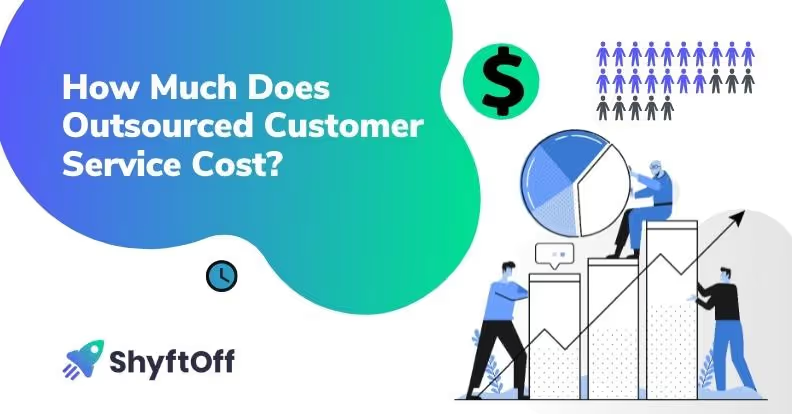Hiring the right people takes A LOT of time, effort, and accuracy. One quote from the popular business consultant Jim Collins comes to mind, “People are not your most important asset. The right people are.”
For contact centers, this statement couldn’t be more true. While AI-powered and self-serve options are eliminating simpler contact types, this puts even more emphasis on running the human side of your contact center well. More importantly, contact centers need to understand how to hire the right people for their team to exceed service levels and maintain a contact center that serves as a profitable arm of the business.
Each contact center has unique challenges or business practices that will determine how they should staff to meet service levels. In this blog post, we’ll review a top-down approach to staffing your contact center. First, look at how you should staff your support team, how to staff the right amount of agents, and your staffing options to ensure you have the right roles staffed at all times.
What Should a Solid Contact Center Support Team Look Like?
A successful contact center not only has the right amount of agents but closely manages support staff ratios. A contact center team can easily be off-balance with too many managers and not enough agents.
Support staff for each contact center can look different, but we’ve listed a few of the most common roles below for reference.
- Supervisors - those who manage frontline staff (your agents)
- Managers - those who manage supervisors
- Trainers - those responsible for helping new recruits learn their job and continue coaching your team on new practices and procedures
- Quality Assurance (QA) - those who review contact interactions and assist agents and leadership in addressing opportunities for improvement
- Workforce Management - those responsible for ensuring the contact center is staffed correctly for the present and future
A common way to manage your support staff is by ratio to the number of agents in your contact center. Here are a few guidelines to help your contact center get started.
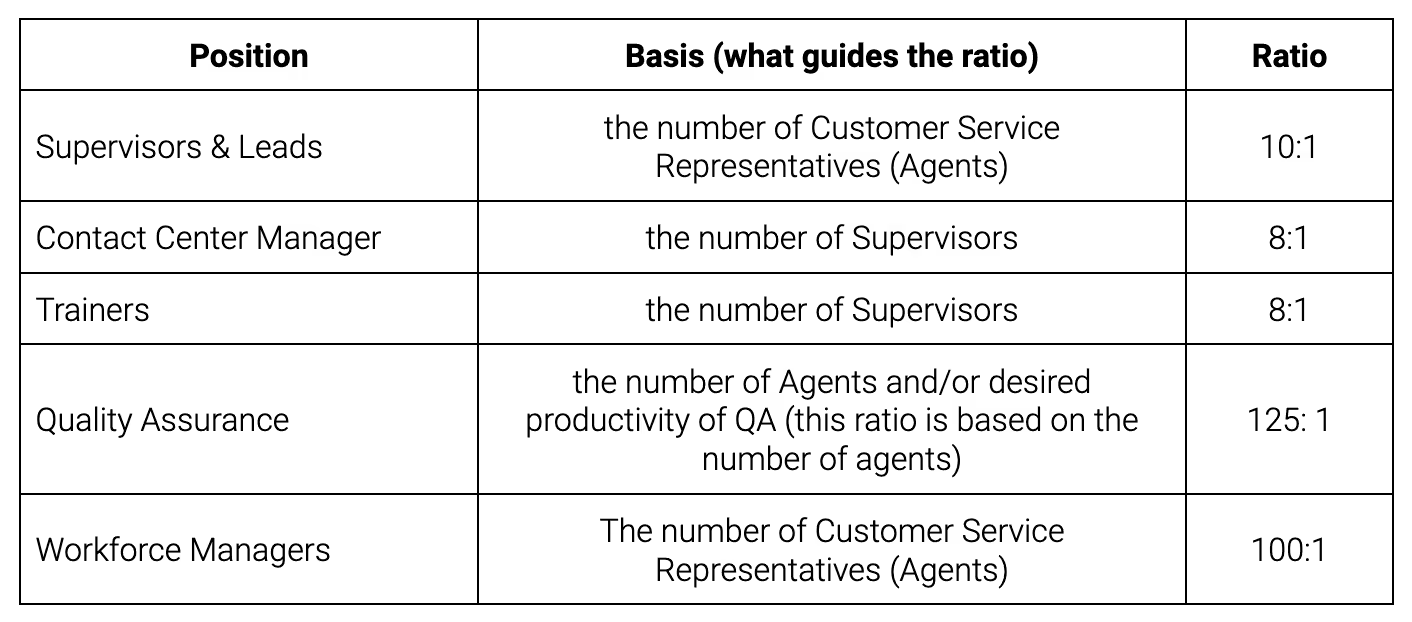
As you build your team, you may determine that smaller ratios may guide how many support staff you need to bring on board.
Best Practices for Staffing the Right Amount of Agents
Forecast Your Staffing Requirements
We touched on this a bit in our latest blog post about common staffing issues and how to fix them on the importance of forecasting correctly to make sure you don’t overstaff or understaff your contact center.
One of the most common formulas contact centers use to determine staffing levels is the Erlang C Formula, founded by A.K. Erlang. This formula is a tried-and-true process that’s helped workforce managers narrow in on the number of agents a contact center needs based on call volume, average handle time (AHT), and your business's specific customer service goals (in terms of service levels and target answer time).
There are plenty of Erlang calculators online, including our favorite. However, to get the right outputs from this calculator, you need to ensure you have the right data. Here are some of the data points you should verify and collect before starting your calculations:
- Incoming contacts
- The intervals you want to measure (15 minutes, 30 minutes, 60 minutes, etc.)
- Your Average Handle Time (in seconds)
- Required service level (the percentage of calls you want to be answered in your target answer time)
- Target answer time (in seconds)
Map Your Staffing Forecast to Shift Patterns
With traditional staffing models, it’s difficult to hire staff for 30-minute periods every day. However, with the introduction of GigCX, a staffing solution powered by top talent in the gig economy, contact centers have the flexibility to create shifts down to 30-minute intervals. If you’d like to learn more about how GigCX works for contact centers, you should check out this blog post.
For the sake of this post, we will consider you’re working within the parameters of a traditional contact center model vs. a flexible contact center model using GigCX.
Best practices to staff your agents to your call volume include:
- Staggering breaks and lunches across your team to ensure adequate coverage at all times
- Use part-time staff (or GigCX agents) to cover peak periods
- Hold team meetings during quiet periods
Most contact centers try to match agents to call volume by the hour. There are a few other shift patterns you can experiment with to determine what works best for your contact center operations.
- Rotational Shifts: Rotated shifts help balance popular and unpopular shifts across your agents. However, this shift pattern is being used less frequently as it’s hard to provide agents with consistent schedules and introduces greater opportunities for absenteeism
- Fixed Shifts: These are the most common shift patterns because you can ensure agents have the same schedule all the time. This is the best way to create consistency on your team.
- Part-time Shifts: More contact centers are moving to this model to create greater flexibility in their staffing operations. This is the core of how GigCX models operate. Part-time shifts increase scalability and enable contact centers to staff part-time agents as needed, especially if these agents are 1099 contractors.
- Split-Shifts: Split shifts allow contact centers to use their agents during peak hours early. In some cases, agents may work 4 hours in the morning, take a significant break (longer than an hour) during the middle of the day, and pick up another 4-hour shift when calls pick back up in the later afternoon or evening.
Experimenting with different shift patterns, especially in the early stages of your contact centers, can help you determine how to perfectly staff your contact center. If your contact center is already established, you may want to seek a GigCX partner like ShyftOff to introduce part-time/flexible staffing patterns to have the right resources in place to manage peaks and dips in call volume.
How To Determine Your Contact Center’s Optimal Staffing Mix
It isn’t uncommon for contact centers to leverage outsourcing partners to help staff their contact centers. However, best practices exist for the right mix of outsourced and in-house talent.
When outsourcing, there are a few things to consider:
- Geographic outsourcing (onshore, nearshore, and offshore)
- Agents sourcing (doing so through your contact center internally or leveraging a Business Process Outsource (BPO))
- Methods of staffing (full-time agents or flexible gig-economy agents, also known as GigCX)
Geographic Sourcing With or Without a BPO
Onshore agents are within the same country as your contact center. These are the most common agents staffed internally. However, finding talented onshore agents can be hard, especially if you struggle with attrition or don’t exactly have an attractive work environment that top talent wants to work in.
Nearshore agents are located in a nearby foreign country with similar time zones. For a US company, a nearshore location would be Mexico or Jamaica. Nearshore agents are often familiar with the cultural norms of the countries nearby, so they tend to be an attractive outsourcing option for US-based contact centers.
Offshore agents are located in a foreign country that is typically further away or on a different continent. For US contact centers, an offshore location may be in India or the Philippines. The pros of hiring offshore agents are their ability to be available 24/7 due to the differences in time zones.
Cost savings is one of the biggest drivers for a contact center to hire offshore or nearshore. They tend to offer greater flexibility to work nights, weekends, peaks, and holidays at a lower cost than onshore talent.
However, quality tends to be the con of hiring nearshore and offshore talent. Language and accent barriers are the most obvious concern; cultural differences can create disconnects between your customers. There’s also the chance that language barriers can make it difficult for in-house agents to train these support agents effectively.
BPOs are often the preferred method for contact centers to hire onshore, nearshore, and offshore agents. Most BPOs have already put in the work to hire the best talent in these regions, making it easy for them to integrate into a contact center's existing operations.
If you choose to outsource, you work closely with your outsourcing partner to create a plan to navigate these potential challenges:
- Security and privacy
- Limited or lost control over certain business processes and operations
- Limited transparency to performance and analytics
- Misaligned objectives
While these cons aren’t always the case, you want to keep these items at the top of your list when considering a BPO partner to help you staff your contact center.
With the right outsourcing partner and technology, you can mitigate these challenges through transparent reporting, effective technology, and collaboration.
Methods of Staffing
The contact center space has changed a lot in the past few years. Gig economy solutions, like ShyftOff, have introduced a new way for contact centers to hire part-time or flexible agents to fuel their contact center operations.
Contact volumes are volatile and fluctuate each hour, day, week, month, etc. If your contact center has high spikes in volume, it may be difficult to rely on full-time agents in a cost-effective way to support your customer. On the other hand, full-time employees can be great if you have a predictable and steady call volume that stays the same over time.
For contact centers that have busy seasons or volatile peaks, flexible staffing through gig-based agents may be the right alternative for you. With a gig staffing model, contact centers can schedule more agents when times are busy and scale back schedules when contact is slow. This staffing method can virtually eliminate hold times and backlogs that degrade the customer experience.
Most outsourcing models are not built to support flexible staffing, making GigCX a unique model in the outsourcing space. Almost all outsourcing partners and BPOs require their customers to hire agents in a full-time capacity.
Here’s a look at how GigCX staffing compares to traditional outsourcing models from both a cost and culture-fit perspective.

What’s interesting about the table above is with GigCX, contact centers can leverage high-quality onshore talent at around the same cost as nearshore talent without most of the cons that come with that staffing solution.
Staffing can be a perfect science with the right planning and resources. At ShfytOff, we’re seeing more and more contact centers moving to a GigCX model to help properly staff their contact center operations to meet their service levels.
If you’re interested in exploring what GigCX looks like for your business, schedule time to chat with our team.
.avif)

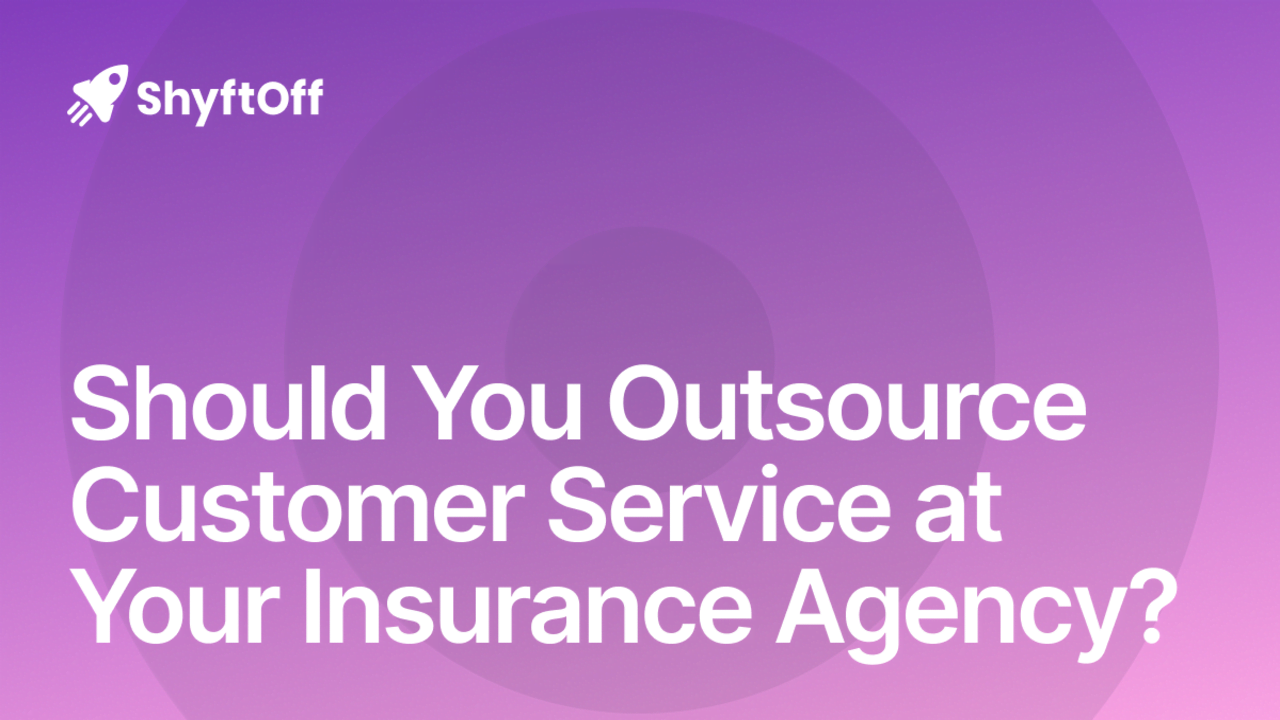
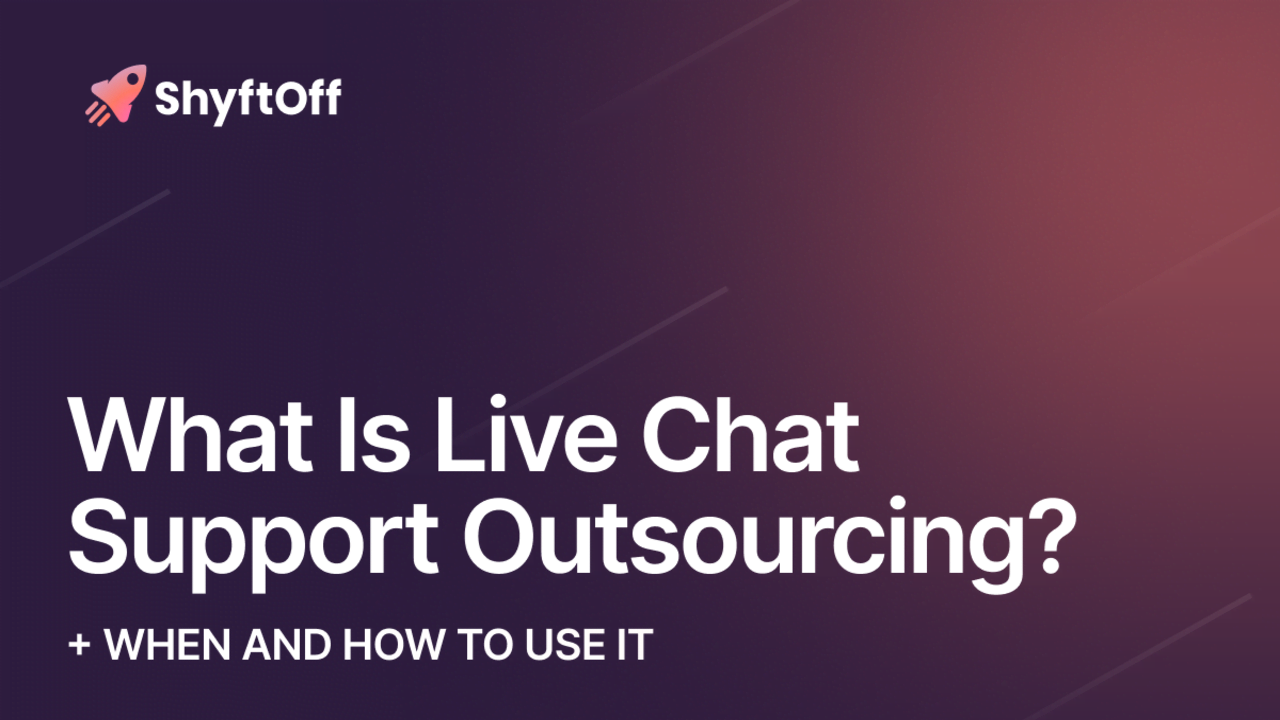
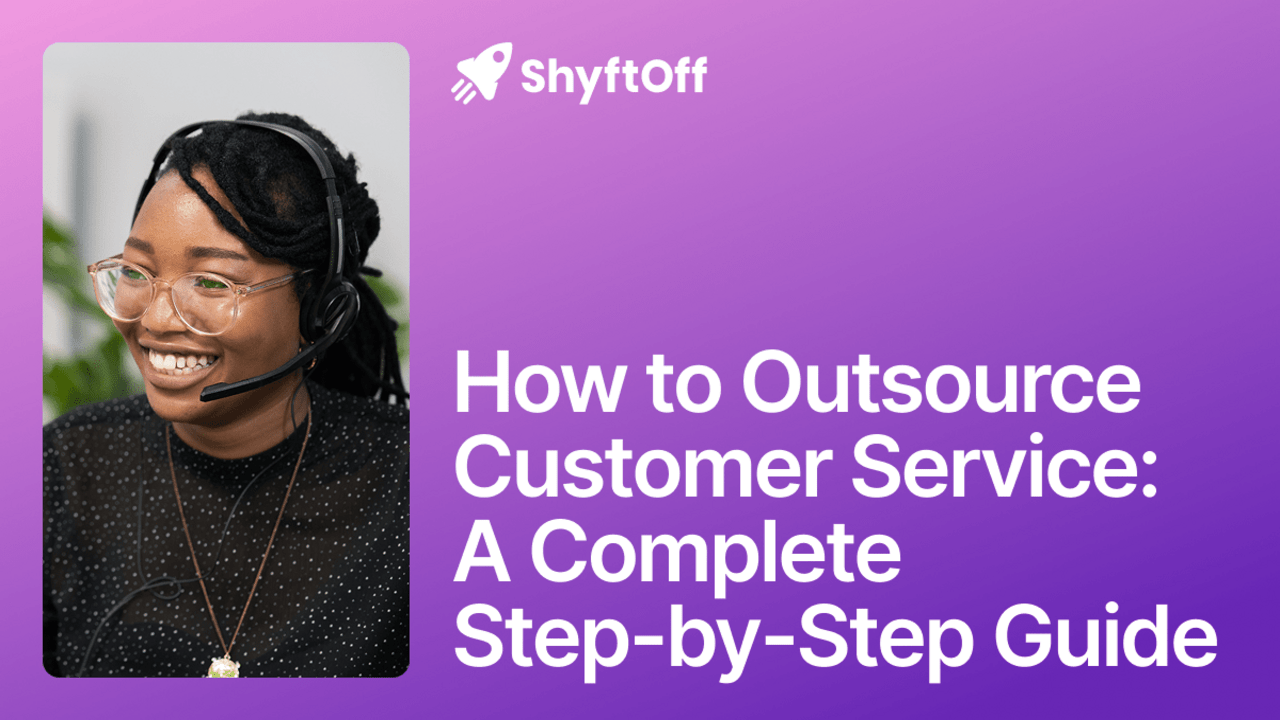

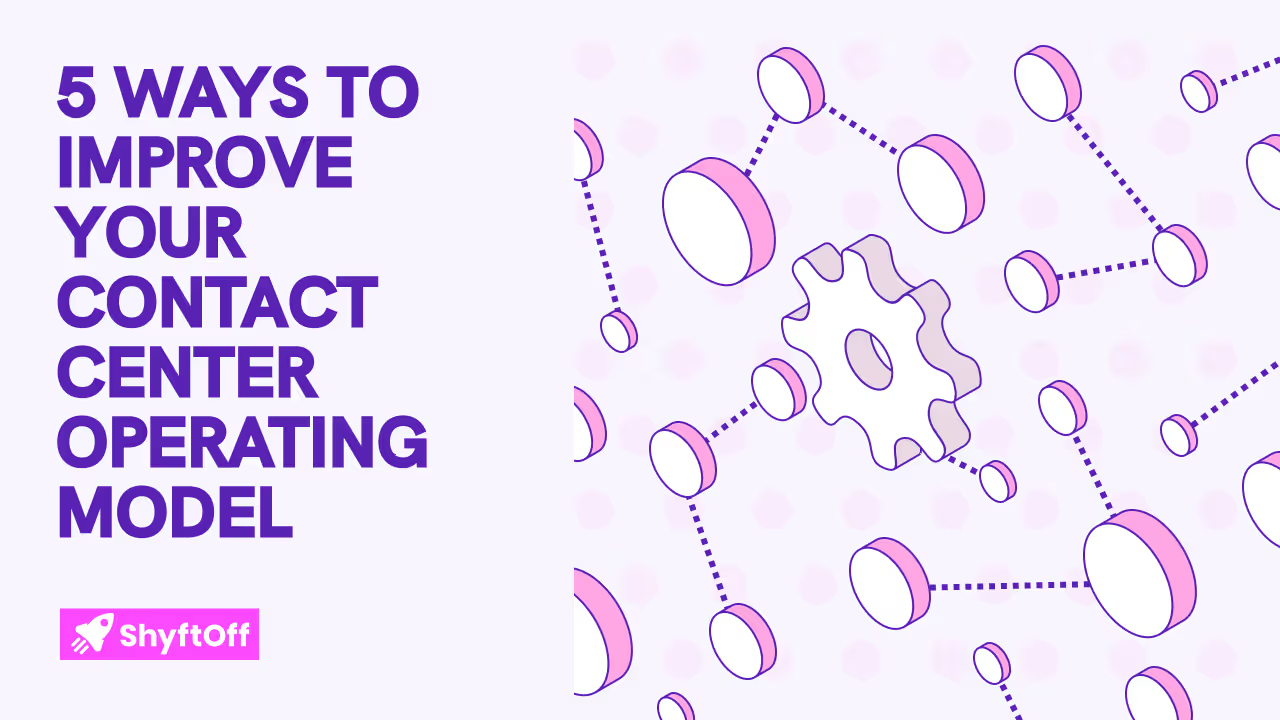
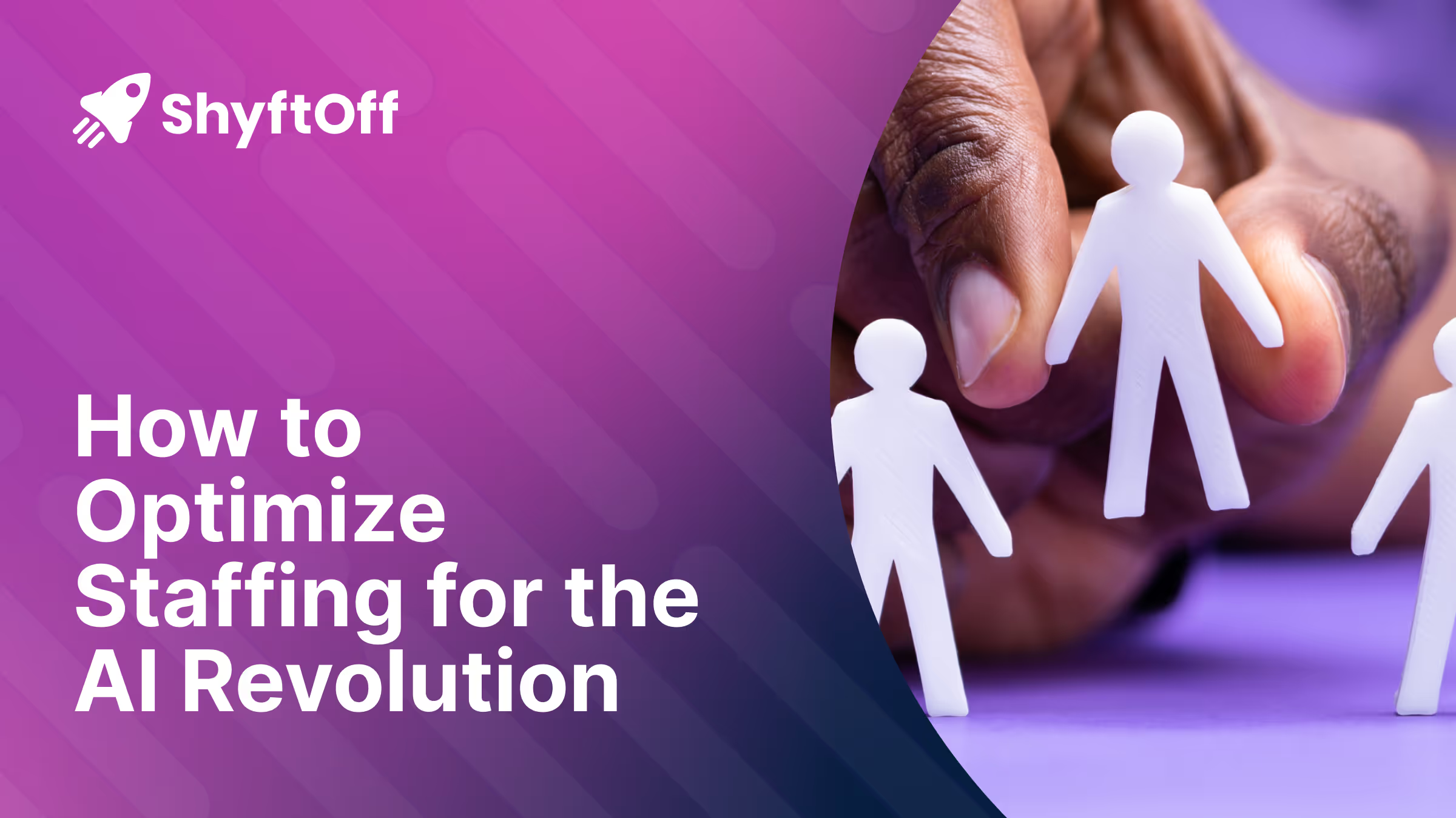
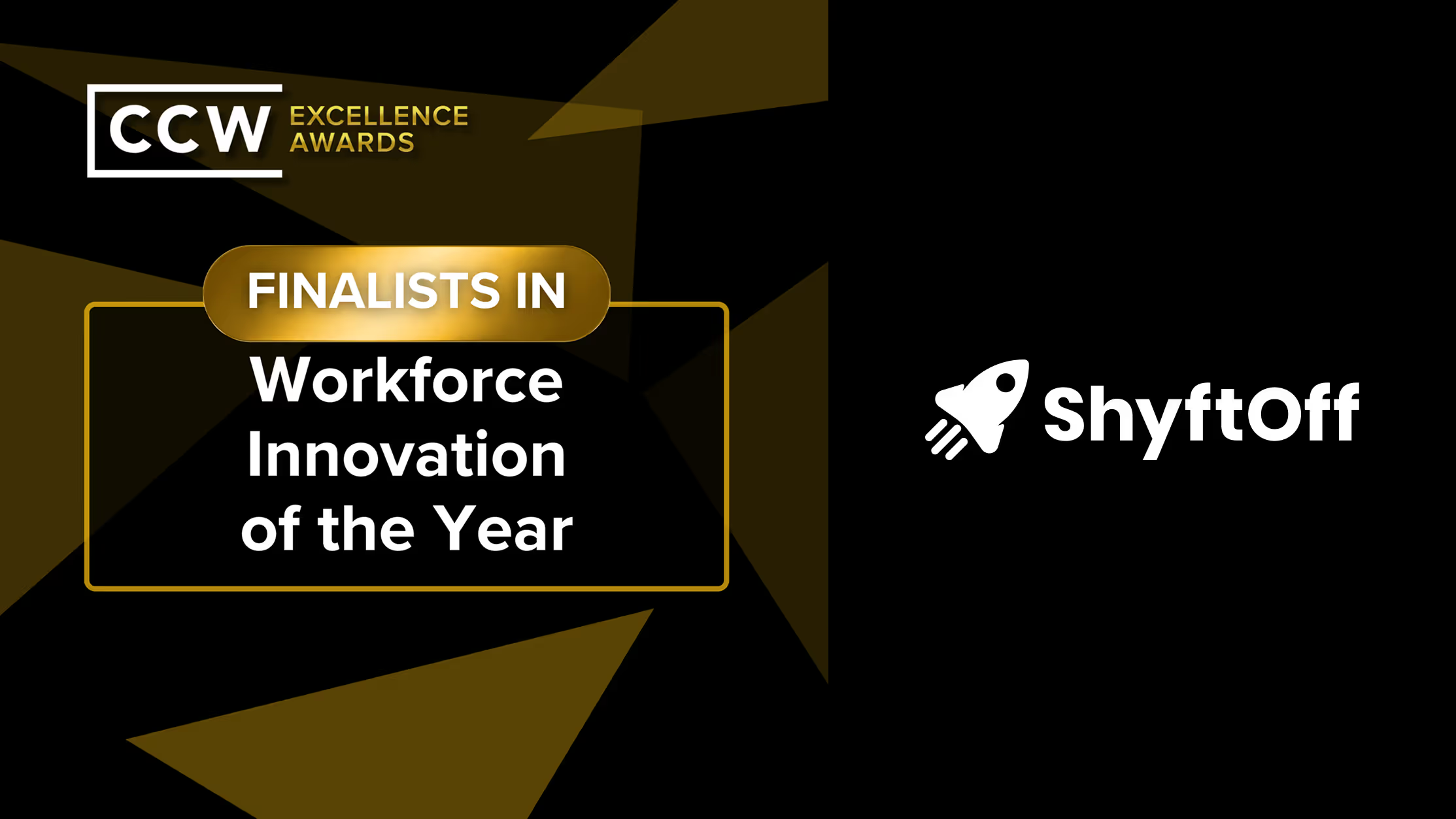


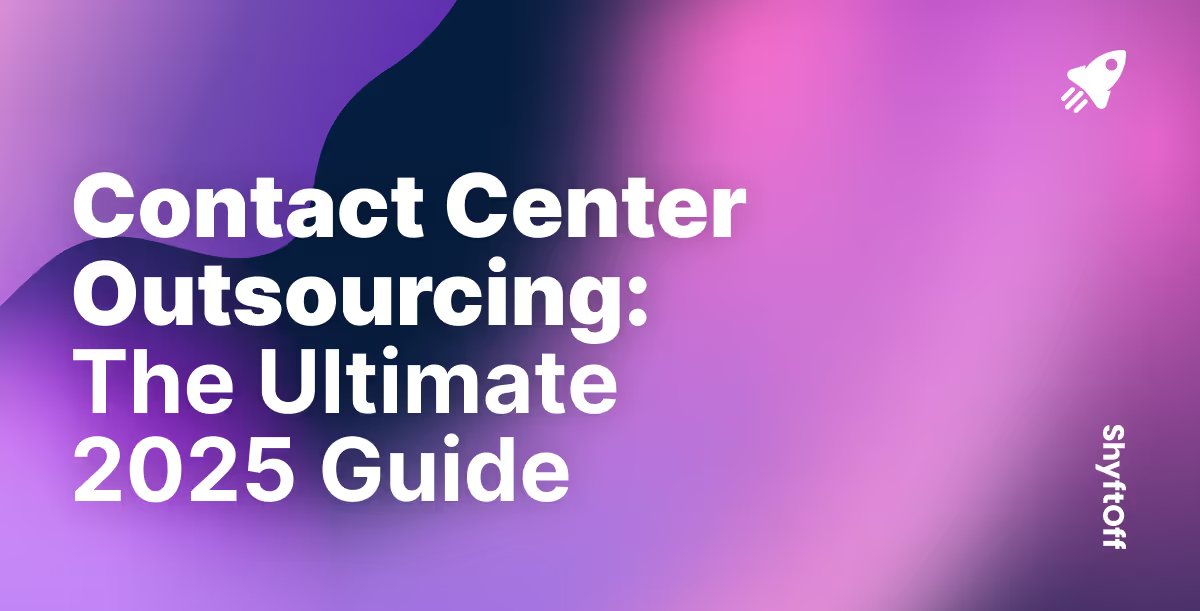
%2520(1)%2520(1).avif)
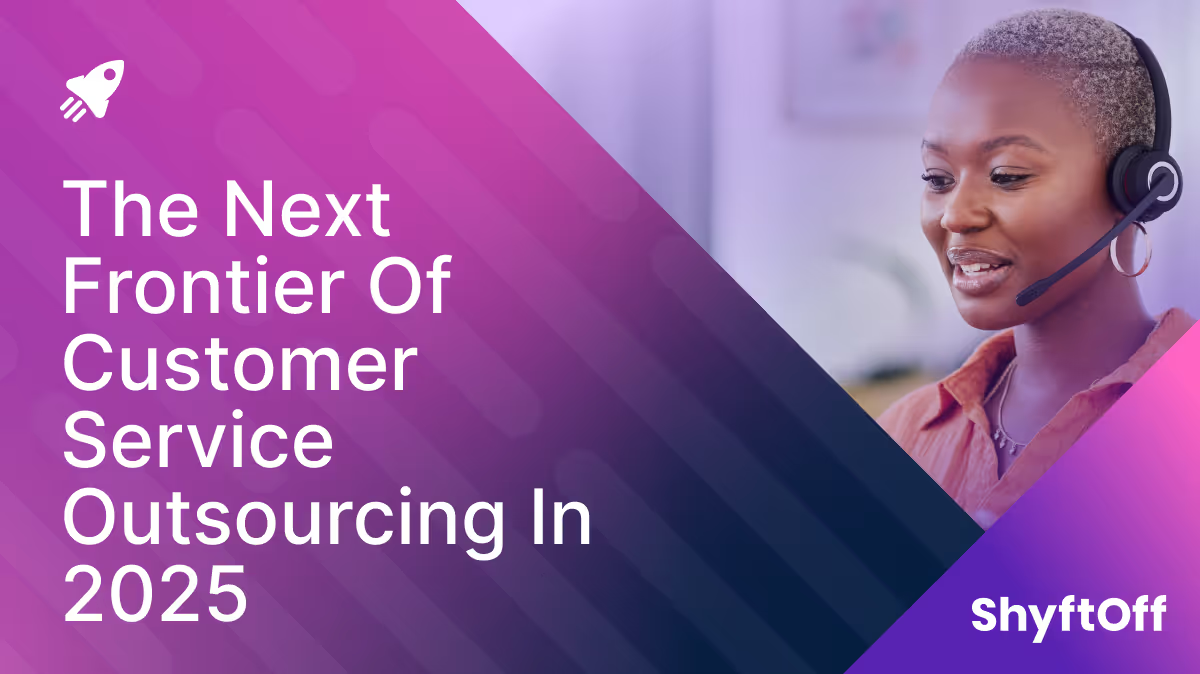
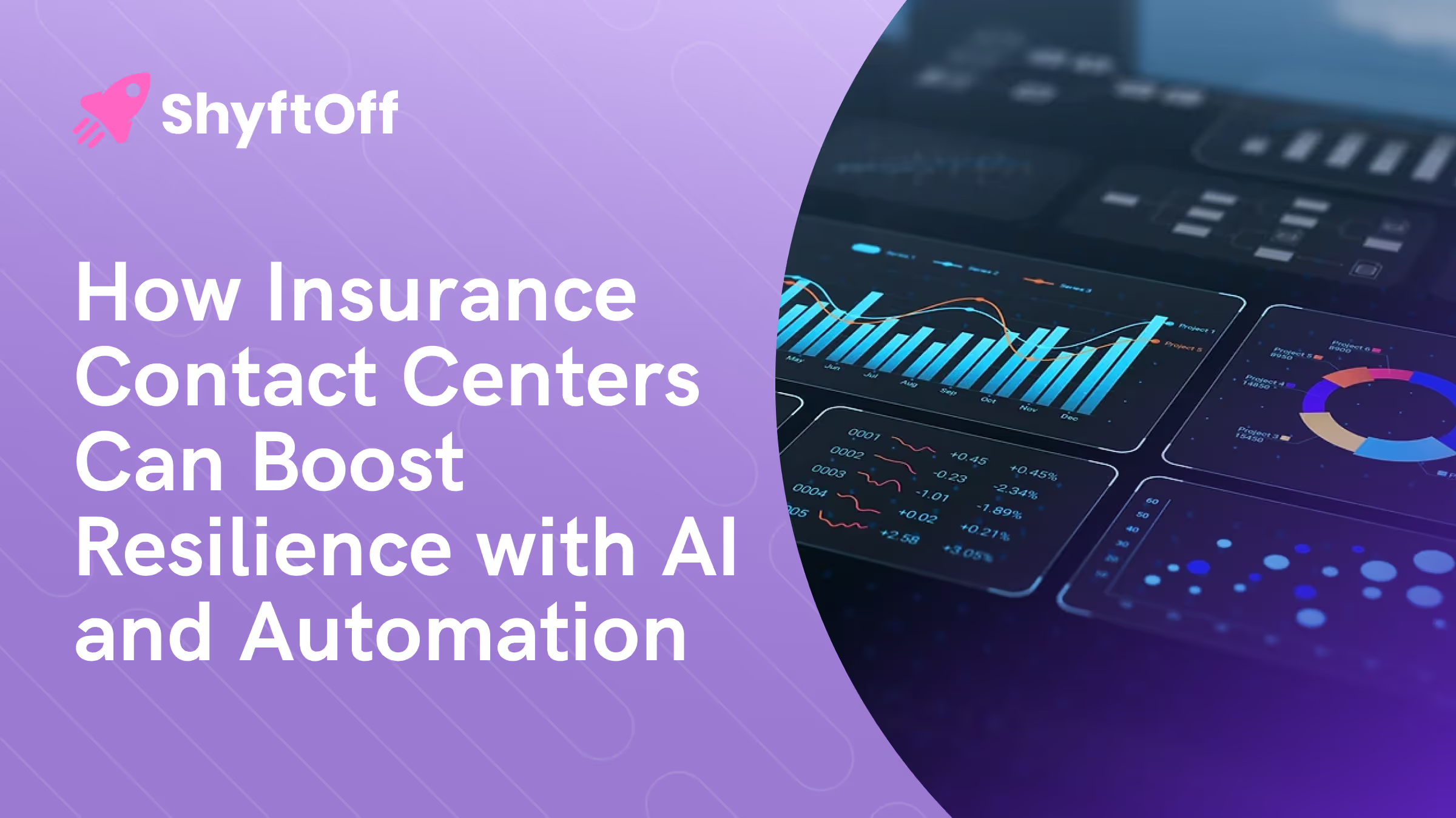


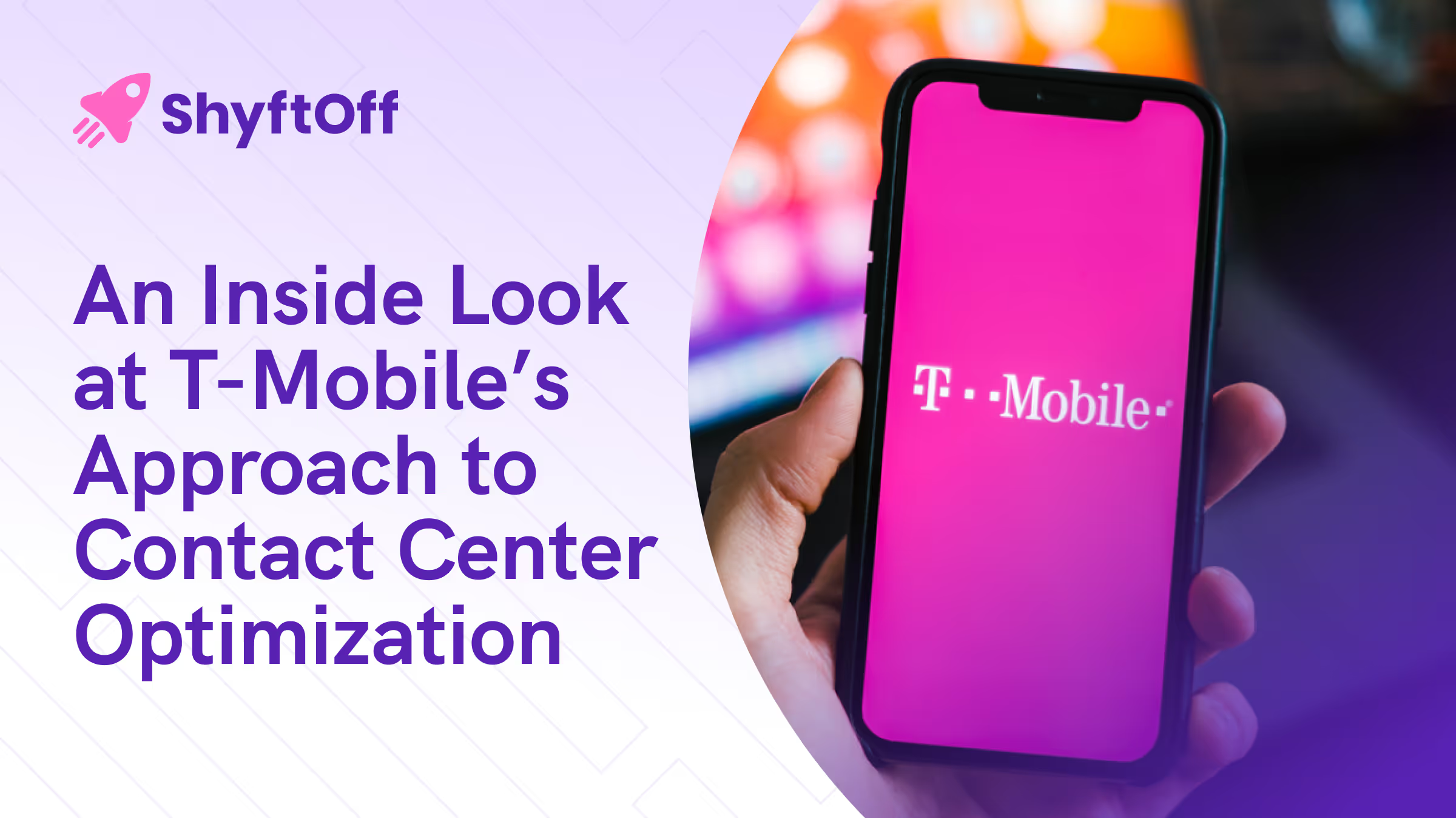

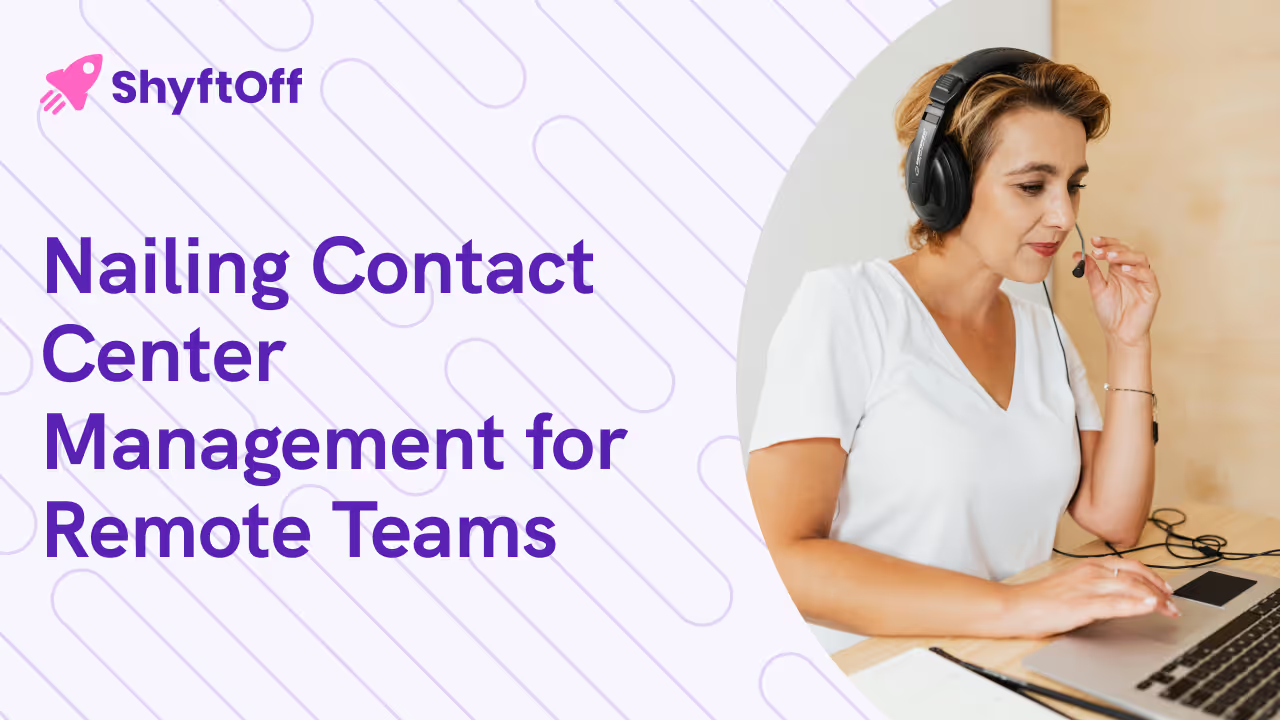

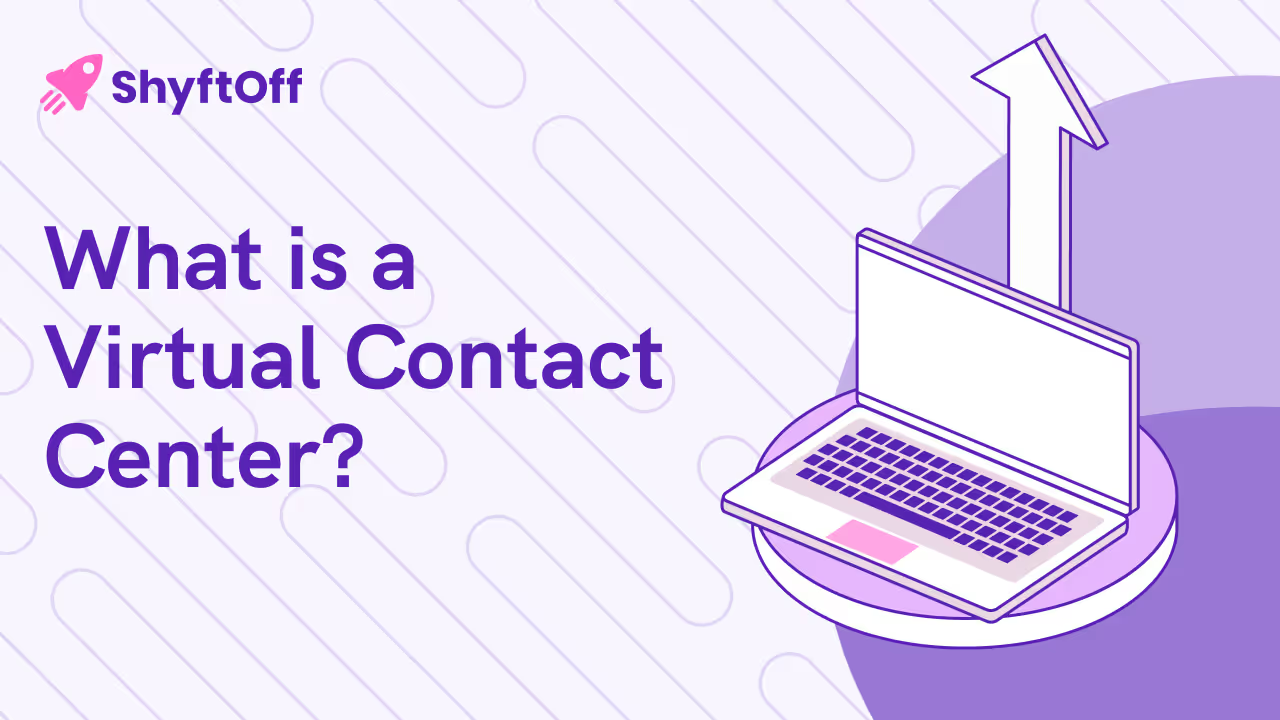
.avif)
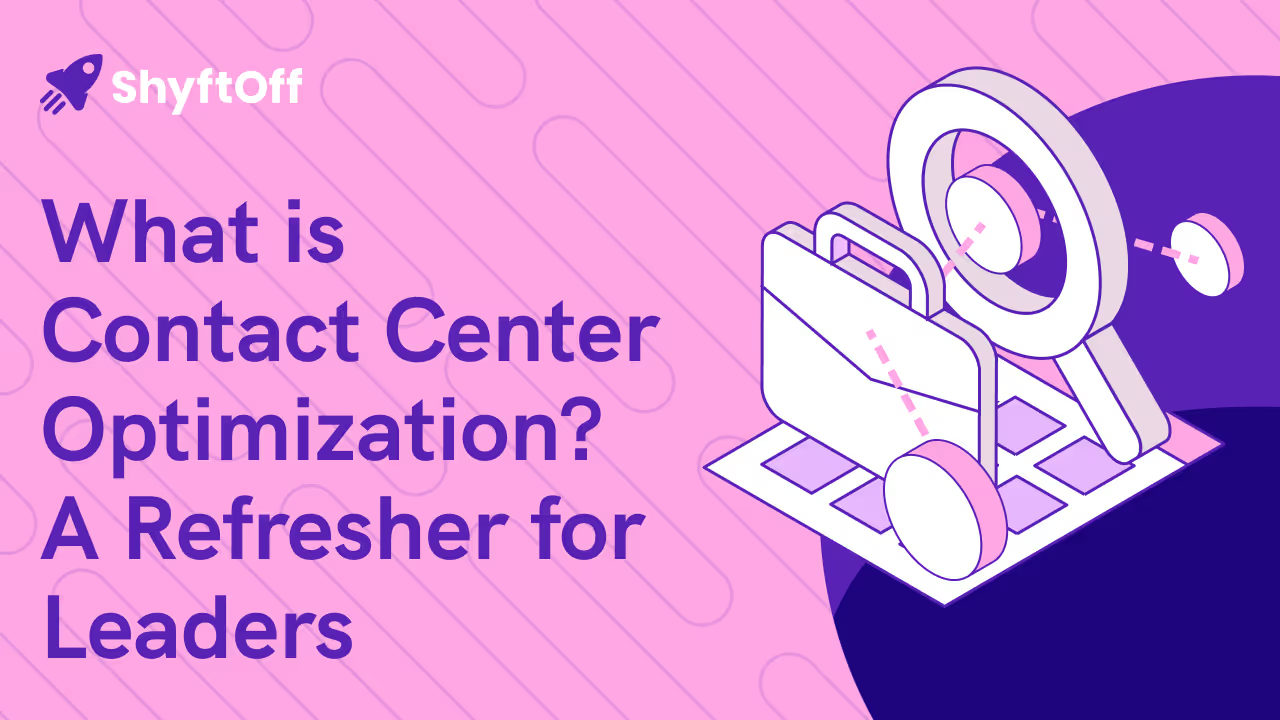
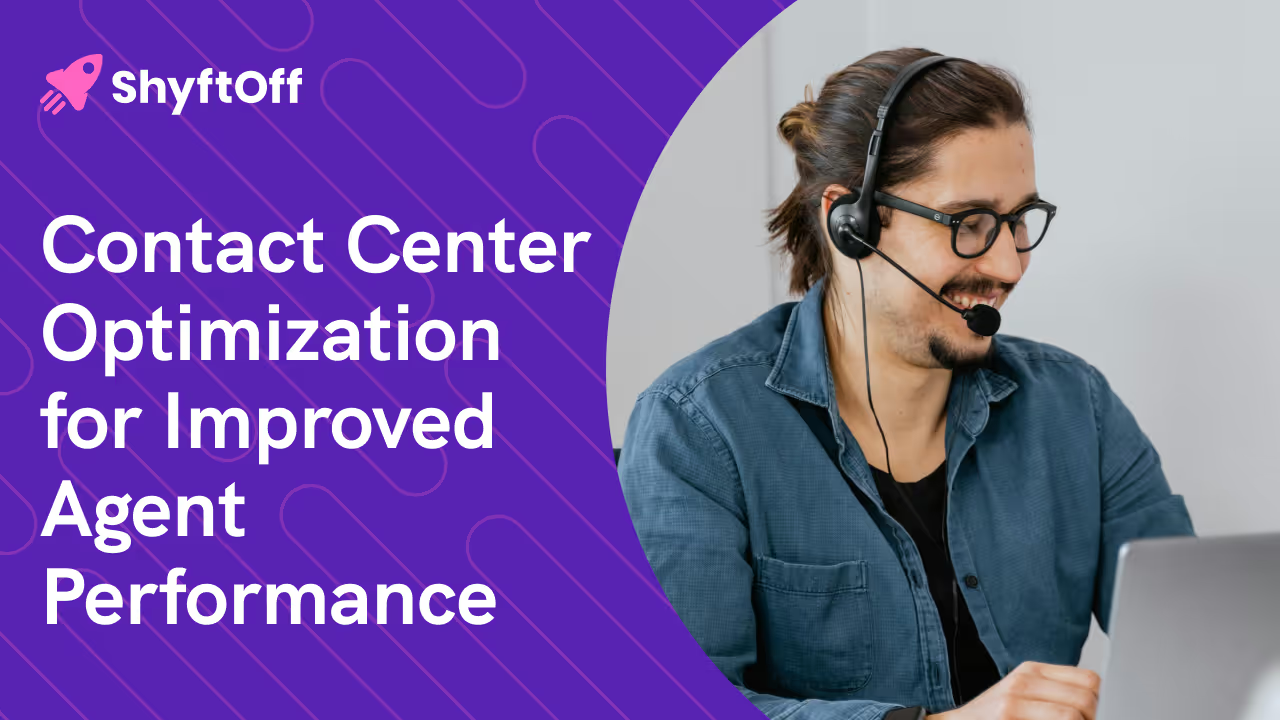
.avif)


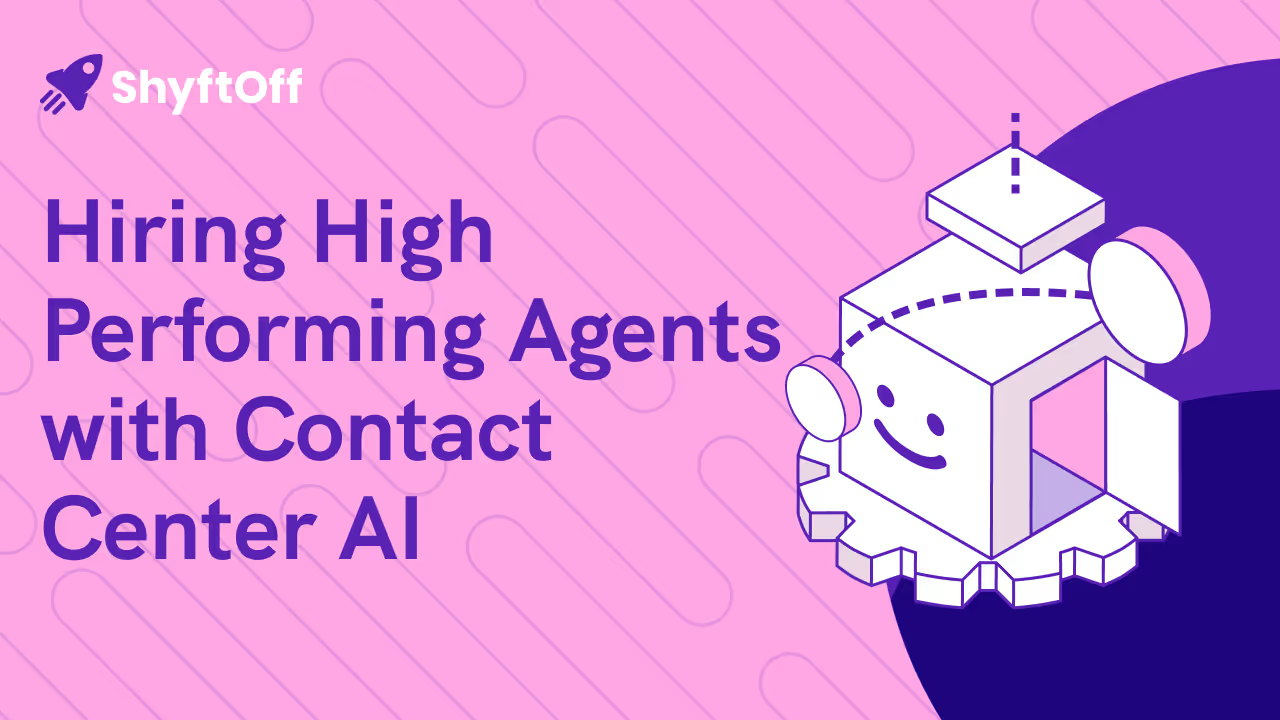

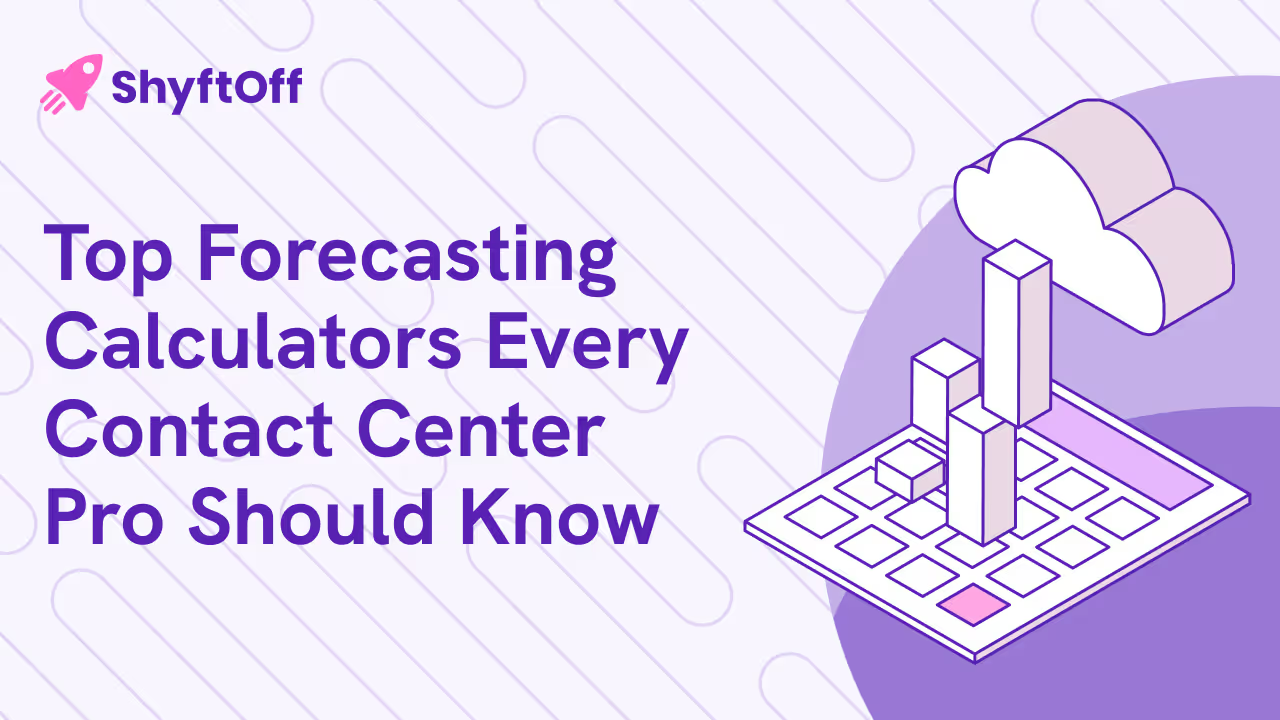




.avif)


.avif)



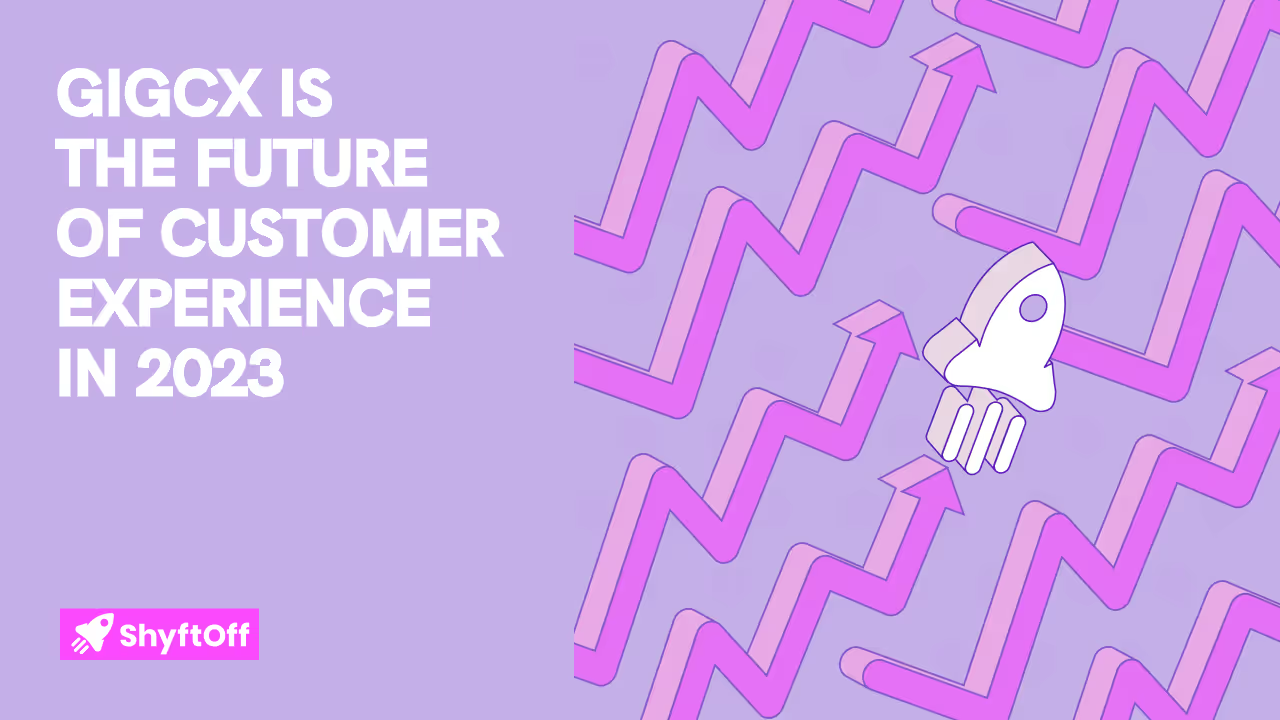
%2520(2).avif)

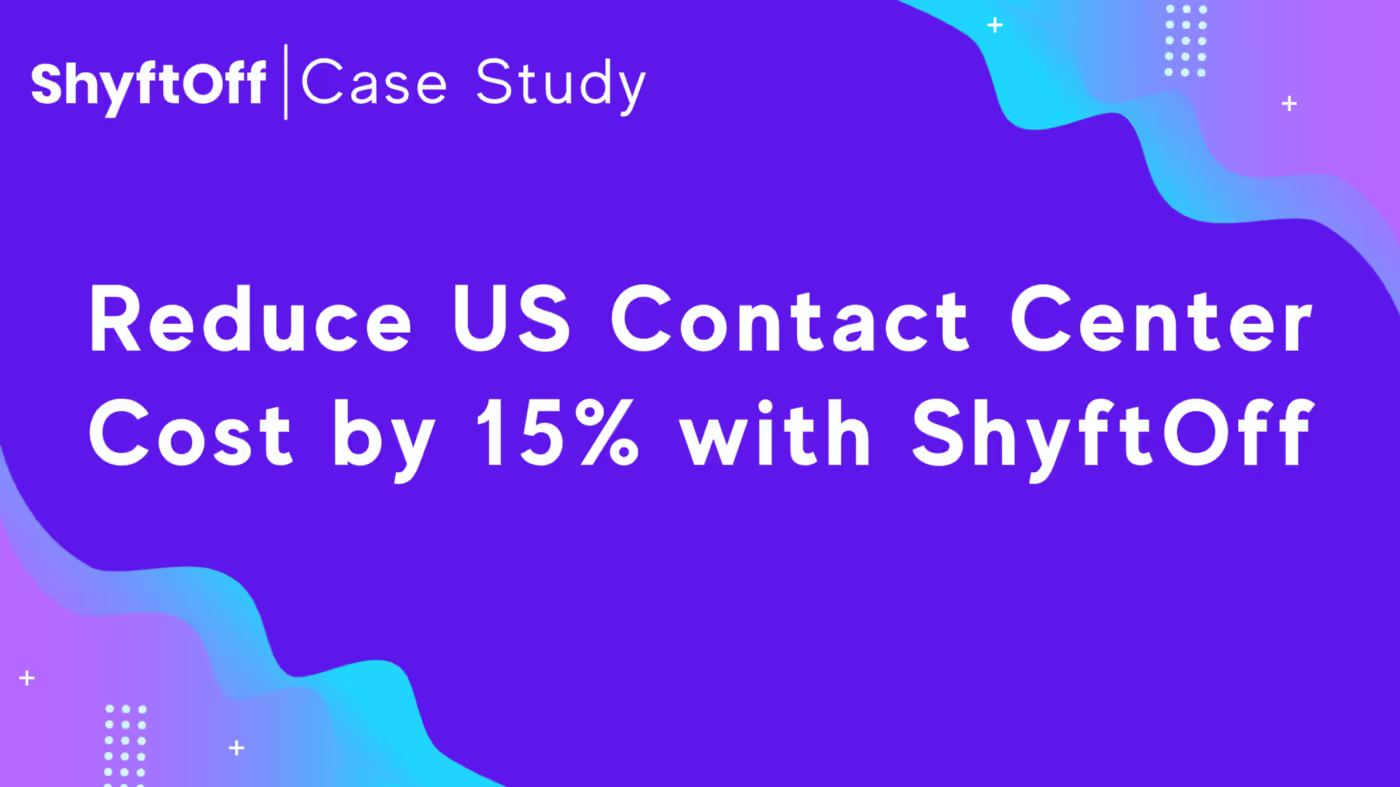

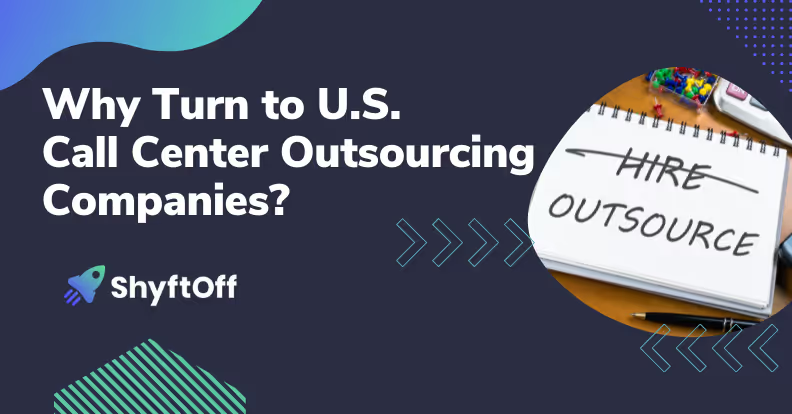




.avif)

